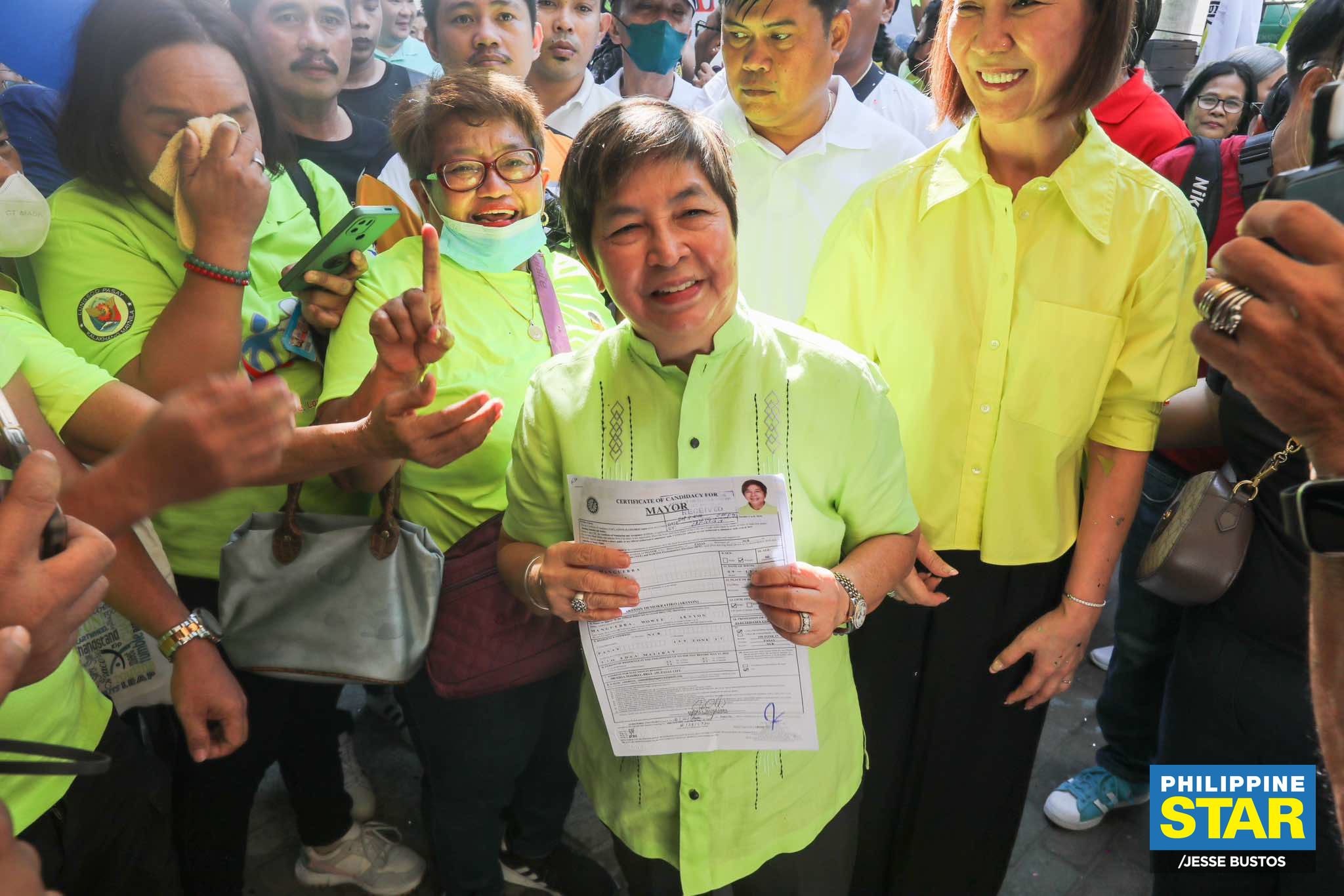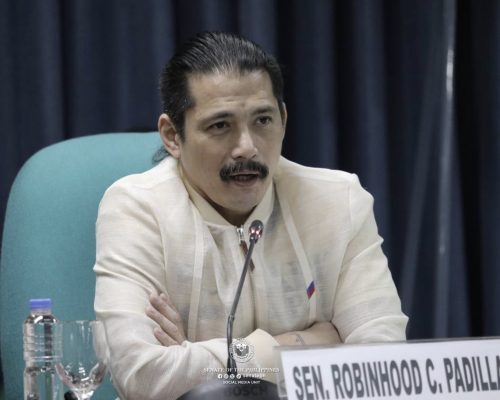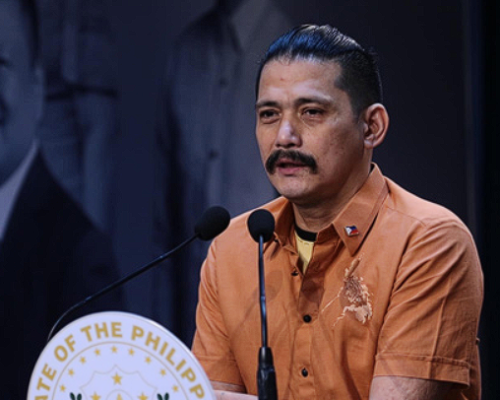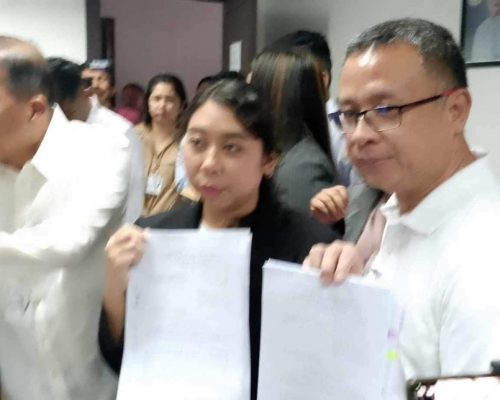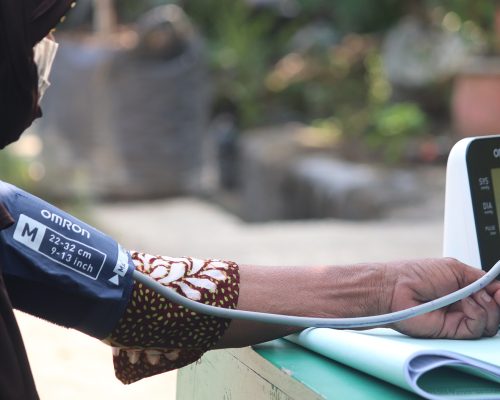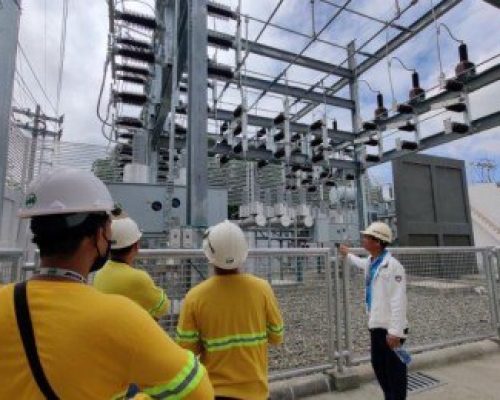By Keisha B. Ta-asan, Reporter
THE BANGKO SENTRAL ng Pilipinas (BSP) left policy rates unchanged on Thursday as inflation eased in October, but reiterated it was prepared to resume tightening if needed.
At its policy meeting on Thursday, the Monetary Board kept its benchmark interest rate steady at 6.5% as expected by 15 of 18 analysts in a BusinessWorld poll last week.
Interest rates on the overnight deposit and lending facilities were also maintained at 6% and 7%, respectively.
This was the first Monetary Board meeting after a 25-basis-point (bp) off-cycle rate hike on Oct. 26, which brought the policy rate to the highest since mid-2007.
Since it began its aggressive monetary tightening cycle in May 2022, the BSP has raised borrowing costs by a total of 450 bps.
BSP Deputy Governor Francisco G. Dakila, Jr. said keeping rates steady would allow previous tightening to continue to work their way through the economy.
“The Monetary Board continues to deem it necessary to keep monetary policy settings sufficiently tight until a sustained downtrend in inflation becomes fully evident and inflation expectations are firmly anchored,” he said at a press briefing on Thursday. “Guided by incoming data, the BSP remains prepared to resume monetary policy tightening as necessary to steer inflation towards a target-consistent path, in line with its price stability mandate.”
Mr. Dakila said the latest projections show the inflation outlook has moderated over the policy horizon.
Headline inflation slowed to 4.9% in October from 6.1% in September and 7.7% in October 2022. This was the slowest pace in three months. Still, inflation breached the 2-4% target for the 19th straight month in October. For the 10-month period, inflation averaged 6.4%.
BSP Governor Eli M. Remolona, Jr. said the Philippines is not “out of the woods” yet despite the slowdown in October inflation.
“We’re not out of the woods but we’re within striking distance of our 2-4% target range. For 2024, I think we will, for most of the year, be between 2-4%. But maybe around April to July, (inflation) will approach the (2-4%) ceiling and maybe even exceed the ceiling,” Mr. Remolona said during the Philippine economic briefing in San Francisco, California on Wednesday ahead of the policy meeting in Manila.
“But for most of the year, inflation should be between 2-4%,” he added.
The BSP lowered its risk-adjusted inflation forecast for 2023 to 6.1% (from 6.2% in October), to 4.4% (from 4.7%) for 2024, and to 3.4% (from 3.5%) for 2025.
On the other hand, the BSP’s baseline inflation forecast stood at 6% in 2023 and at 3.7% in 2024, higher than the 5.8% and 3.5% previously given in September, respectively. But the BSP trimmed its 2025 inflation forecast to 3.2% from 3.4%.
Despite the policy pause and slowing inflation, the balance of risks to the inflation outlook are still leaning significantly towards the upside, BSP Department of Economic Research Officer-in-Charge Dennis D. Lapid said.
“Key upside risks are associated with the potential impact of higher transport charges, electricity rates, and international oil prices, as well as of higher-than-expected minimum wage adjustments in areas outside the National Capital Region,” he said.
But the impact of a slower-than-expected global economy and government interventions to mitigate the effects of the El Niño weather phenomenon could prompt the BSP to reduce its inflation forecasts.
However, Mr. Dakila noted the rebound in gross domestic product (GDP) expansion in the third quarter shows the economy’s medium-term growth prospects remain intact, even as pent-up demand wanes.
Philippine GDP expanded by 5.9% in the July-to-September period, faster than the 4.3% growth in the second quarter but slower than the 7.7% expansion in the same quarter in 2022.
For the first nine months of the year, economic growth averaged 5.5%, still below the government’s 6-7% full-year target.
“The BSP will also continue to assess how firms and households are responding to tighter monetary policy conditions, especially as credit growth continues to moderate,” Mr. Dakila said.
NO CUTS YET
Meanwhile, HSBC ASEAN economist Aris Dacanay said with the peso still below the P57-a-dollar level and a slower-than-expected October inflation, there was no urgent need for the BSP to hike following the off-cycle move last month.
After the BSP’s policy decision, the peso closed at P55.79 on Thursday, strengthening by 3.5 centavos from its P55.825 finish on Wednesday. Year to date, it depreciated by 3.5 centavos or 0.06% from its P55.755 close on Dec. 29, 2022.
“The off-cycle move was for the central bank to give itself legroom in case the Fed hiked in November, which it did not. Global rice and oil prices are also off their peaks (albeit still elevated), which also gives the BSP some room to breathe,” he said in a note.
Mr. Dacanay said the BSP may keep the key policy rate at 6.5% at its last meeting next month, but noted the Philippines is still sensitive to inflation shocks.
“We continue to believe that rate cuts are off the table until the third quarter of 2024, when inflation is credibly well within the BSP’s 2-4% target band and when the Fed begins cutting rates,” he said.
Mr. Dacanay said headline inflation may pick up in the first quarter of next year before returning to the 2-4% target in the third quarter of 2024.
“This expected inflation flare up should keep the BSP on its toes and prevent the BSP from cutting rates before the second half of 2024 unless authorities extend Executive Order 10,” he said, referring to the order reducing import duties on pork, rice and corn.
“With the current account in the Philippines still wider than pre-pandemic levels, we expect the BSP to follow the easing cycle of the Fed to help support the peso and prevent ‘imported inflation’ from complicating the outlook,” he added.
In a Viber message, China Banking Corp. Chief Economist Domini S. Velasquez said policy rates may have already reached its peak as the inflation outlook improves.
“However, we still maintain our view that the BSP might hold its target policy rate at 6.5% until the fourth quarter next year given that inflation will likely print above the target until the second half of the year,” she said.
Meanwhile, Pantheon Macroeconomics Chief Emerging Asia Economist Miguel Chanco said inflation may still return to the 2-4% target before the end of the year, which would close the door to further rate increases.
“We continue to believe that average inflation will drop sharply next year to 2.8%, from an estimated 6% this year, thanks primarily to a sustained moderation in food inflation,” he said.
This would give the Monetary Board “the space to unwind one of Asia’s most aggressive tightening cycles; our current base case is for 100 bps worth of cuts in 2024,” Mr. Chanco added.
The BSP’s last policy meeting for the year is scheduled for Dec. 14.

